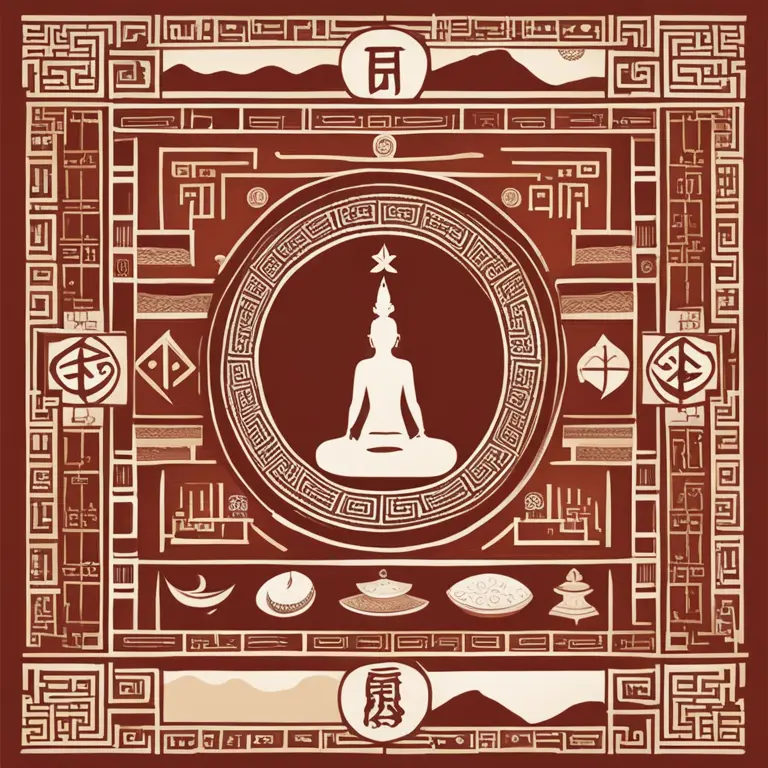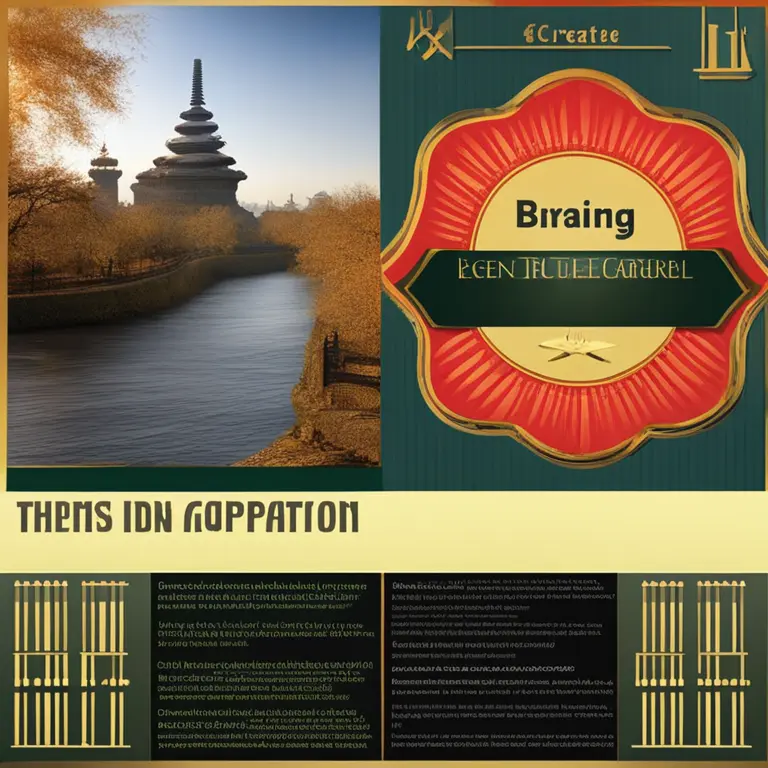
The Origins of Meditation: Tracing The Roots
Discover the historical beginnings of meditation, its ancient practitioners, and the evolution of this transformative practice over millennia.
article by Hina Kurosawa
Meditation's Ancient Beginnings
While the exact origins of meditation are lost in history, evidence suggests that the practice began thousands of years ago. The earliest documented records of meditation date back to around 1500 BCE, within the traditions of Hinduism in ancient India. In these early stages, meditation was seen as a means to deepen understanding of the sacred and mystical forces of life. Early forms of meditation were incorporated in the Vedic literature and practiced by Indian ascetics and mystics who sought spiritual enlightenment and a closer connection to the divine.

Diverse Cultural Practices
Meditation was not solely developed within the confines of Indian spirituality. Across different continents, cultures such as the Chinese, Mayans, and Indigenous Australians engaged in various forms of contemplative practices. Meanwhile, in China, the concepts of Taoist and Confucian meditation emerged around the 6th to 5th centuries BCE. These practices focused on mindfulness and concentration, aiming to harmonize the body with the Tao, or the underlying natural order of the universe.

Spread of Buddhist Meditation
Perhaps one of the most significant developments in the history of meditation came with the teachings of Siddhartha Gautama, or the Buddha, around the 6th to 4th century BCE. As Buddhism spread from India to other parts of Asia, so did the practice of meditation as a tool for spiritual awakening. Different branches of Buddhism, such as Zen in Japan and Vipassana in Theravada traditions, started to form their unique meditation methods, each with distinct techniques and goals.

Adaptation in the Western World
The transmission of meditation to the western world occurred through various channels, including trade routes, conquests, and scholarly exchanges. By the 20th century, meditation started gaining prominence outside its religious contexts, particularly with the rise of the human potential movement and scientific interest in meditation's psychological and physiological effects. As scientific research yielded evidence for health benefits, meditation moved from esoteric circles into mainstream acceptance.

Contemporary Meditation Practices
In modern times, meditation has evolved into a non-sectarian practice with numerous methodologies. Mindfulness-based stress reduction (MBSR) and mindfulness-based cognitive therapy (MBCT) are examples of meditation methodologies developed for therapeutic purposes. The digital revolution has also played a significant role by making meditation more accessible through guided sessions, apps, and online communities. Today, meditation is practiced by millions worldwide for its health benefits, mental clarity, and stress reduction.
Evidence-Based Evolution
With the advancement of neuroscience in the 21st century, researchers continue to explore the impact of meditation on the brain and overall well-being. Current studies focus on understanding the neural mechanisms involved in meditative states and the long-term changes that occur with regular practice. This research helps to not only validate meditation's efficacy but also to optimize techniques for individual needs, ensuring the practice remains relevant and beneficial in an ever-changing world.
Published: 1/14/2024
Modified: 1/15/2024
More predictions
Come back here soon to learn more about yourself and your future


Mindfulness & Meditation: A Guide for High Schoolers
Discover the benefits of mindfulness meditation tailored for the hectic life of high school students, and learn simple strategies to incorporate it into the daily routine.


Easing Loneliness with Meditation
Discover how mindfulness meditation can provide solace and connection to mitigate feelings of loneliness, enhancing emotional and mental well-being.


Mindfulness Meditation Basics for First Graders
Introducing foundational mindfulness meditation practices to instill calm and focus in first-grade students.